
Ingredient
Rice porridge
The Comforting Elixir: Exploring the World of Rice Porridge
Rice porridge is a thick and creamy dish made by simmering rice in a generous amount of water or broth until it reaches a smooth and velvety consistency. It can be prepared with various types of rice, such as short-grain, long-grain, or glutinous rice, depending on the desired texture. The porridge can be cooked to be either thick or thin, depending on personal preference. It has a mild and comforting taste, with a smooth and slightly grainy texture. The appearance of rice porridge can range from a creamy white to a pale yellow color, depending on the type of rice used.
Origins and history
Rice porridge has a long history that dates back thousands of years. It is believed to have originated in China, where it was initially consumed as a staple food due to its affordability and ability to feed a large number of people. Over time, rice porridge spread to other Asian countries, including Japan, Korea, and Vietnam, where it became an integral part of their culinary traditions. Today, rice porridge is enjoyed in various forms and flavors across the globe, with each culture adding its own unique twist to the dish.
Nutritional information
Rice porridge is a nutritious dish that provides a good source of carbohydrates, protein, and essential vitamins and minerals. It is low in fat and cholesterol and can be a healthy option when prepared with lean proteins and vegetables.
Allergens
Rice porridge is generally gluten-free and suitable for individuals with gluten sensitivities. However, it may contain allergens if additional ingredients, such as soy sauce or toppings like nuts or shellfish, are added.
How to select
When selecting rice for making porridge, opt for short-grain rice varieties like Japanese sushi rice or Arborio rice, as they have a higher starch content, resulting in a creamier texture. Look for rice that is free from any signs of moisture, mold, or insects. Additionally, choose rice that is labeled as "new crop" or "recently harvested" for the best quality and flavor.
Storage recommendations
Leftover rice porridge can be stored in an airtight container in the refrigerator for up to 3 days. To reheat, add a splash of water or broth and gently heat it on the stovetop or in the microwave, stirring occasionally to ensure even heating.
How to produce
To make rice porridge at home, combine rice and water or broth in a pot and bring it to a boil. Reduce the heat to low and simmer, stirring occasionally, until the rice is fully cooked and the porridge reaches the desired consistency. The cooking time can vary depending on the type of rice used and the desired thickness of the porridge.
Preparation tips
Rice porridge can be customized with various toppings and seasonings to enhance its flavor. Common additions include sliced green onions, shredded chicken, fried shallots, soy sauce, sesame oil, or a sprinkle of white pepper. Experiment with different combinations to create your own unique bowl of comfort.
Culinary uses
Rice porridge is a versatile dish that can be enjoyed on its own as a comforting meal or used as a base for other dishes. It can be served plain or topped with a variety of ingredients such as poached eggs, pickled vegetables, or crispy fried shallots. In some cuisines, rice porridge is used as a base for congee bowls, where it is topped with an array of savory ingredients like braised meats, seafood, or vegetables.
Availability
Rice porridge is commonly available in Asian countries, particularly in China, Japan, Korea, Vietnam, and Thailand. It is also enjoyed in other parts of the world where Asian cuisine is popular.
More ingredients from this category

Wheat semolina porridge
Creamy Delight: Exploring the World of Wheat Semolina Porridge

Mixed roasted flours for porridge-like food
A Wholesome Blend for Nourishing Porridge

Barley porridge
Hearty Comfort in a Bowl: Barley Porridge
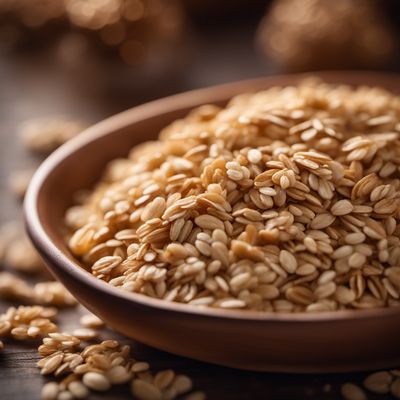
Oat porridge
Hearty Morning Delight: Embracing the Power of Oats
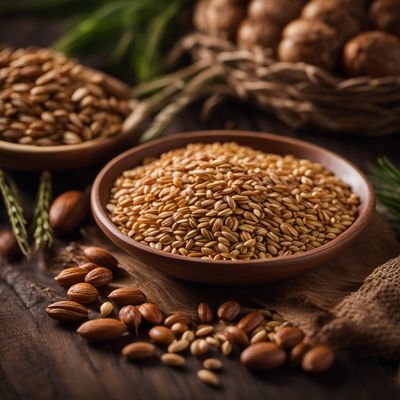
Rye porridge
Hearty and Nutritious Rye Porridge: A Wholesome Breakfast Option
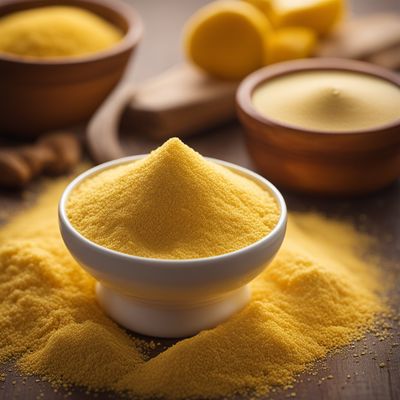
Cornmeal porridge
Creamy Delight: Exploring the World of Cornmeal Porridge
Recipes using Rice porridge » Browse all
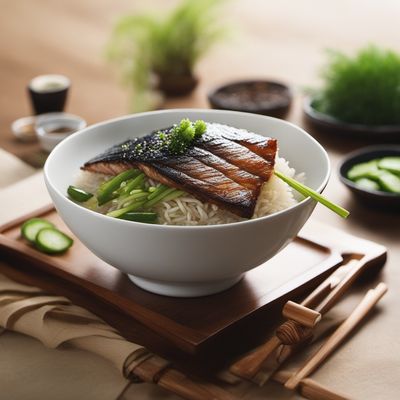
Tai Zuke Don - Marinated Sea Bream Rice Bowl
Ocean Delight Rice Bowl - A Flavorful Journey of Marinated Sea Bream

Frito Trujillano with a Twist
Peruvian Delight: A Modern Twist on Frito Trujillano

Acehnese-style Arancini alla Norma
Spiced Rice Balls with Eggplant and Spicy Tomato Sauce

Stuffed Cabbage Rolls
Savory Delights: French-Inspired Stuffed Cabbage Rolls

Liaoning-style Stuffed Cabbage Rolls
Savory Liaoning Cabbage Delight

Fusion Beef Rice Bowl
Umami Explosion: Fusion Beef Rice Bowl
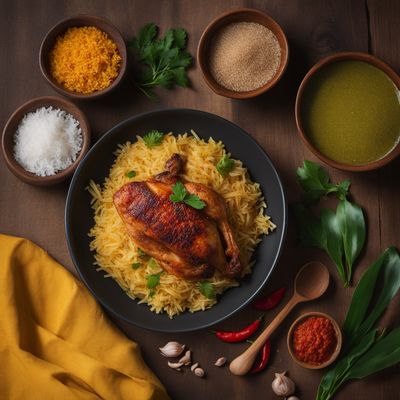
Akoho sy voanio with Coconut Rice
Malagasy Delight: Fragrant Chicken with Coconut Rice

Liberian Rice Bread
Savory Delight: Liberian Rice Bread with a Twist

Sichuan-style Katsudon
Spicy Sichuan Katsudon: A Fiery Twist on a Japanese Classic

Stuffed Bitter Melon (Bharwan Karela) with a Nicaraguan Twist
Nicaraguan Stuffed Bitter Melon: A Burst of Flavors

Katsudon - Brazilian Style
Crispy Pork Cutlet Rice Bowl - Brazilian Katsudon
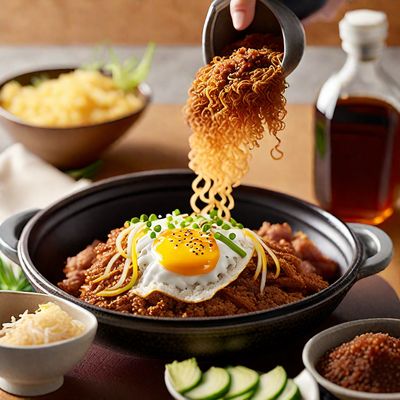
Soulful Katsudon
Soulful Katsudon: A Southern Twist on a Japanese Classic